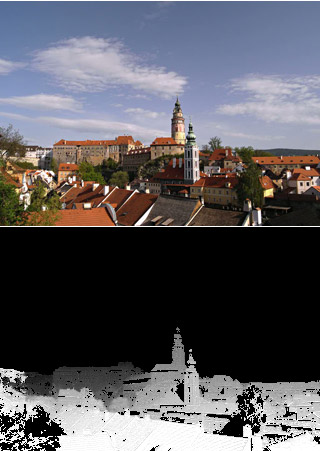Digital elevation model - in the shadow of the clouds
 In topographic photography, the shadow of objects is one of the main enemies, because they interfere with the normal pattern recognition and the subsequent mathematical calculation of the coordinates of objects. However, Nathan Jacobs and his fellow students from the University of Washington, Missouri still found useful applications of “harmful” shadows. They have developed a computer program that, in the shadows of the clouds, creates an accurate 3D map of the area.
In topographic photography, the shadow of objects is one of the main enemies, because they interfere with the normal pattern recognition and the subsequent mathematical calculation of the coordinates of objects. However, Nathan Jacobs and his fellow students from the University of Washington, Missouri still found useful applications of “harmful” shadows. They have developed a computer program that, in the shadows of the clouds, creates an accurate 3D map of the area.3D terrain maps are usually generated using laser devices that measure the distance to the reflected object. To create such a card, having at the disposal of a conventional digital camera is practically unrealistic, because the distance to objects and their shape cannot be recognized from a photograph. However, the movement of clouds and their shadows changes the situation.
The automated system developed by Jacobs analyzes a series of consecutive photos. The system records the change in color of each pixel and, based on this information, calculates the real distance between points. Knowing the wind speed, you can score the correct scale into the grid - and the output is a complete 3D terrain model. According to the developers, the error in the coordinates does not exceed 2% when compared with laser systems.

')
The presentation of the research paper ( PDF ) will be held tomorrow at the Computer Vision and Pattern Recognition conference in San Francisco.
via New Scientist
Source: https://habr.com/ru/post/97049/
All Articles